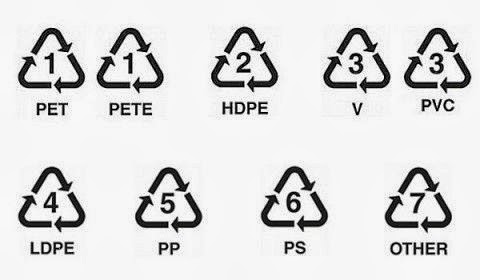Dive into the Future: Exploring Cutting-Edge Research in Data, DeFi, LLMs, and Quantum Adoption
In the rapidly evolving world of technology, staying informed is crucial. This blog post delves into the groundbreaking research papers that are shaping the future of data analytics, large language models (LLM), decentralized finance (DeFi), and quantum computing adoption. These papers not only offer insights into current trends but also forecast the transformative potential of these technologies in various industries. Join us as we explore the innovations that are setting the stage for the next technological revolution.
1. Should Competing Sellers Adopt the Data Analytics Service to Enable Product Improvement in Online Marketplace
More and more marketplace platforms choose to use the data gathered from consumers (e.g., customer search terms, demographics) to provide a data analytics service for third-party sellers, both encouraging innovations and improving the operations of the latter. Through adopting the data analytics service, a seller can enhance its competitiveness by improving the quality of its products when there is more than one seller offering substitutes. This study develops a game-theoretic model to characterize a scenario with a marketplace platform and two competing sellers that sell substitutable products and decide whether to adopt the data analytics service provided by the platform. Then we find that a seller’s decision of whether or not to purchase the service depends on the competitor’s decision and the two sellers’ absorptive capacities of knowledge. Furthermore, a seller can benefit from adopting the data analytics service only if the seller has a high absorptive capacity, which can help increase product quality. When only one seller adopts, the platform and competing sellers can benefit from the adoption if this seller’s absorptive capacity is high and the other’s is moderate. The sellers’ interests and social welfare can be aligned unless both sellers’ absorptive capacities are low or high (Journal of Management Science and Engineering).
2. Experimental Evidence on Large Language Models
This paper investigate the formation of inflation expectations using Large Language Models (LLMs) based on different text data. Employing a new experimental design, I integrate generative AI with economic analysis to explore the impact of different information treatments on LLMs' responses. Results from six distinct knowledge sources reveal that the type of information accessible to an LLM significantly affects the variance of its generated expectations. LLMs with access to relevant economic documents exhibit lower variance compared to those with irrelevant information. Furthermore, information treatments, particularly the one related to mortgage rates, influence the updating of LLMs' prior inflation expectations, showing similar findings from human surveys. The findings underscore the importance of providing domain-specific knowledge to LLMs and showcase the potential of AI agents in studying expectation formation and decision-making processes in economics (SSRN).
3. Financial Statement Analysis with Large Language Models
We investigate whether an LLM can successfully perform financial statement analysis in a way similar to a professional human analyst. We provide standardized and anonymous financial statements to GPT4 and instruct the model to analyze them to determine the direction of future earnings. Even without any narrative or industry-specific information, the LLM outperforms financial analysts in its ability to predict earnings changes. The LLM exhibits a relative advantage over human analysts in situations when the analysts tend to struggle. Furthermore, we find that the prediction accuracy of the LLM is on par with the performance of a narrowly trained state-of-the-art ML model. LLM prediction does not stem from its training memory. Instead, we find that the LLM generates useful narrative insights about a company's future performance. Lastly, our trading strategies based on GPT's predictions yield a higher Sharpe ratio and alphas than strategies based on other models. Taken together, our results suggest that LLMs may take a central role in decision-making (SSRN).
4. Why DeFi lending? Evidence from Aave V2
Decentralised finance (DeFi) lending protocols have experienced significant growth recently, yet the motivations driving investors remain largely unexplored. We use granular, transaction-level data from Aave, a leading player in the DeFi lending market, to study these motivations. Our theoretical and empirical findings reveal that the search for yield predominantly drives liquidity provision in DeFi lending pools, whereas borrowing activity is mainly influenced by speculative and, to some extent, governance motives. Both retail- and large investors seek potential high returns through market movements and price speculation, however the latter engage in DeFi borrowing relatively more than the former also to influence protocol decisions and accrue more significant governance rights (BIS).
5. Digital Payments in Firm Networks: Theory of Adoption and Quantum Algorithm
We build a network formation game of firms with trade flows to study the adoption and usage of a new digital currency as an alternative to correspondent banking. We document endogenous heterogeneity and inefficiency in adoption outcomes and explain why higher usage may correspond to lower adoption. Next, we frame the model as a quadratic unconstrained binary optimization (QUBO) problem and apply it to data. Method-wise, QUBO presents an extension to the potential function approach and makes broadly defined network games applicable and empirically feasible, as we demonstrate with a quantum computer (Bank of Canada).



Comentarios